6. Irreversible (dir. Gaspar Noé)
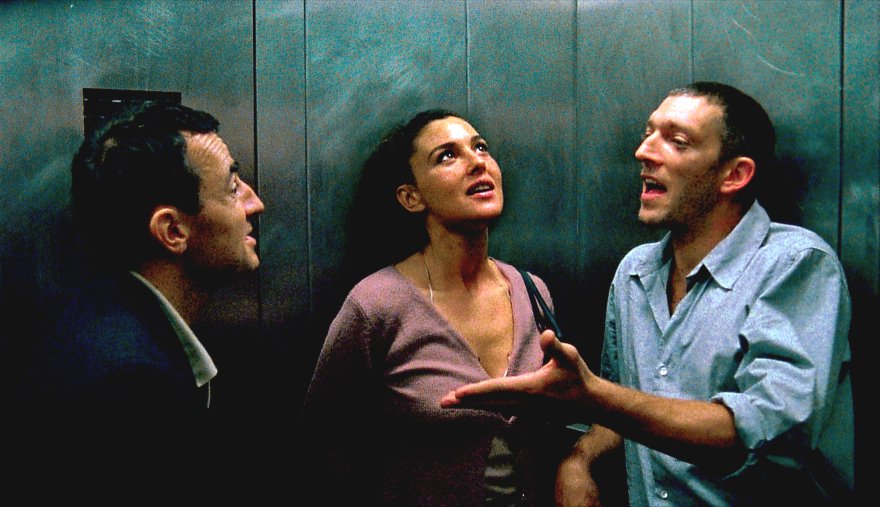
Noé’s second feature film is a loose continue of the same themes of “I Stand Alone”—even the butcher makes an appearance at the beginning of the film—but this time he ups the depravity ten fold. “Irreversible” is a film in reverse, starting from the end of the story and climaxing with Marcus (Vincent Cassel) and Alex (Monica Bellucci) discussing her pregnancy.
A literal spiral into the darkest recesses of human anguish, Marcus and his friend Pierre take the law into their own hands as they attempt to avenge the near death of Alex when she was brutally raped by a pimp. As they go further into their chaotic investigation looking for the culprit, they eventually get pointed to a BDSM nightclub where the pimp resides.
The duo are figuratively sent into the shit of Paris, hence the club’s name: The Rectum, and they leave broken and unsuccessful in their attempt at revenge. The closer the two get at finding the pimp the more chaotic things become, it gets so out of control that the camera begins to violently spin as a reflection of their blind rage.
Here, however, the question is not really referring to motivation or story elements, but to the film’s technical qualities. “Irreversible” is an experiment with plot structure and editing, and as with all experimental films they always seem to be asking, “Does this work?” For “Irreversible,” yes it does, which makes it an effective horror film.
7. The Turin Horse (dir. Béla Tarr)
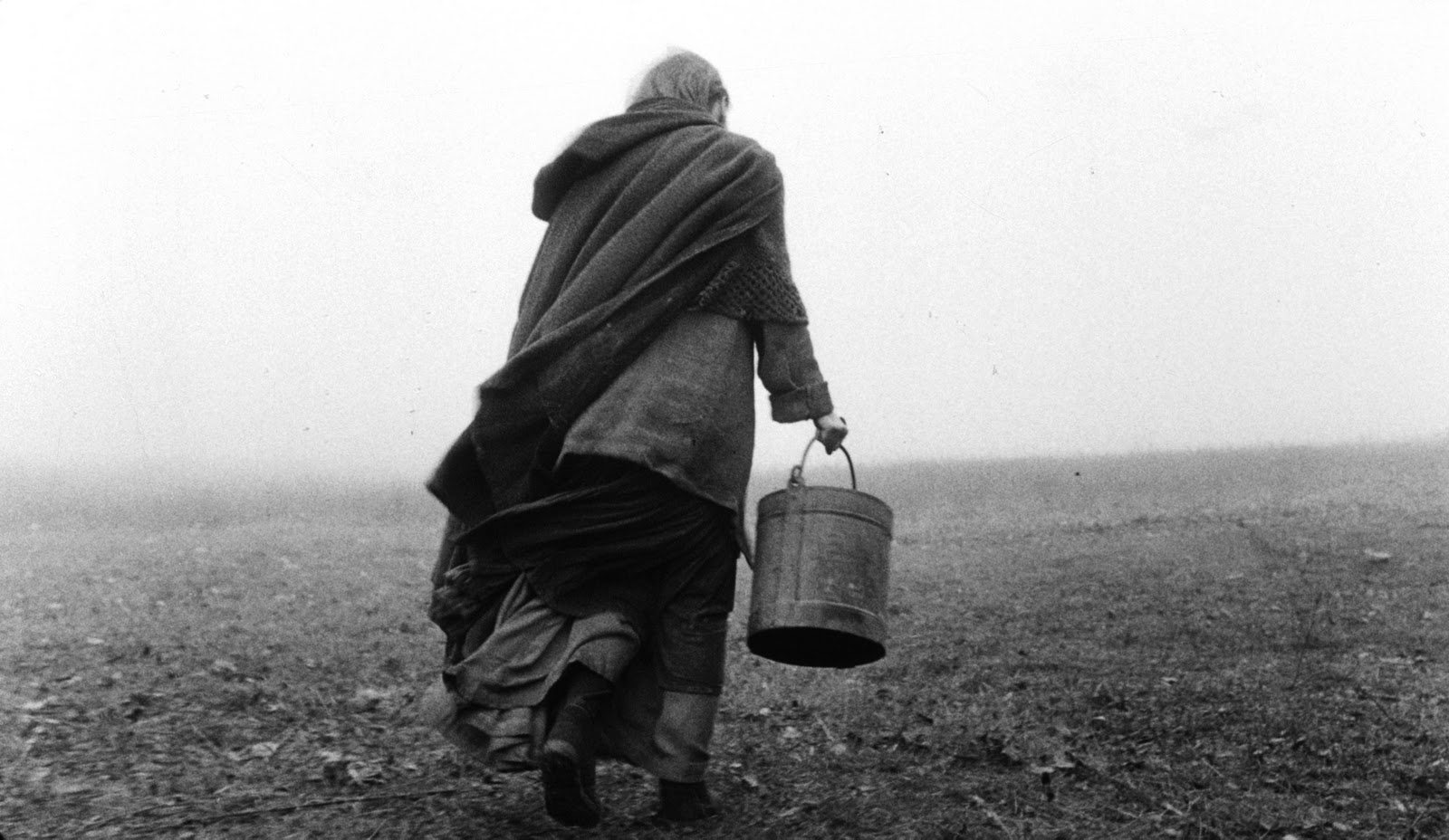
Like almost all of Tarr’s films “The Turin Horse” focuses on the futility of purpose. This, his swan song, comes off as being the second bleakest film in his oeuvre, surpassed by Satantango. But instead of documenting a community falling apart, Tarr focuses on a small farm with a farmer, his daughter and a dying horse.
The film comes with the usual photography style that put Tarr on the map as “The Turin Horse” features an astounding 30 different long takes over a 145 minute runtime. This technique is probably at its most effective here because to feel the daily slog of having to do the same thing over and over again, Tarr needed to insure that we felt just as hopeless the characters. The tedium of having to sit through unbroken shots of hot potato eating can make anyone jump out of their seat, it almost feels as if we are watching a livestream in black and white.
“Is life valuable if this is all there is to it?” asks the film. Why continue to do the same thing over and over if the results will not change? This is apparent in their work ethic as they seem to stop caring by the end.
8. Martyrs (dir. Pascal Laugier)
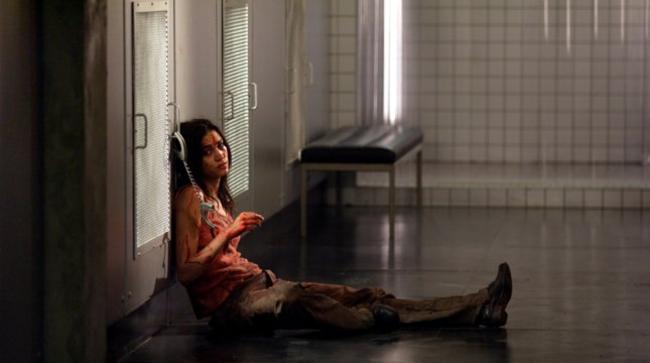
An overtly simplistic, and short sighted horror film, “Martyrs’” cruelty is a trojan horse for its operatic theme of knowing the impossible. That impossibility is knowing what happens after we die.
The film opens with Lucie escaping a concrete dungeon, we see her covered in bruises, and lacerations. She is rescued and sent to an orphanage where she makes a friend with a young girl named Anna. Fifteen years later Lucie breaks into the home of a nuclear family and kills them with a shotgun believing they were the ones who abused her. With Anna close by she sees the aftermath and wants to help, but is forced to watch her childhood friend succumb to her mental illness, and kill herself.
Afterwards, Anna finds a chamber that proves Lucie was not insane, but mysterious people in black show up. They introduce themselves as an underground society on a mission to discover what happens after we die. They figured that it is possible to be alive and see the “other side” as long as they keep the subject on the brink of death following brutal torture – this state is called being a martyr.
Anna becomes their next victim and is the first person to reach total martyrdom, however once the leader hears Anna’s testimony she kills herself as a result of the discovery. Possibly because what she heard was worse than anything she could have ever imagined.
And that is what the conclusive question is, if we knew what happened after death, how would we react? Would you even want to know?
9. Tropical Malady (dir. Apichatpong Weerasethakul)
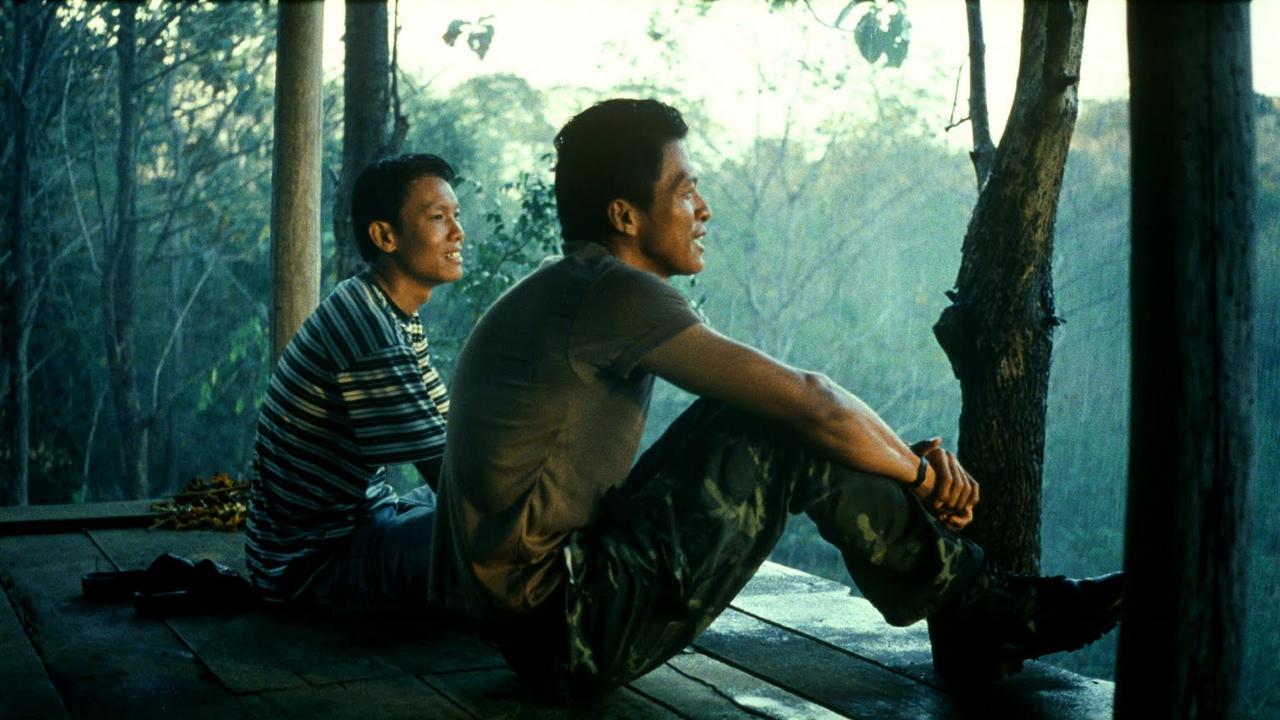
Narratively obtuse, Weerasethakul’s masterpiece is a film about two seemingly unrelated stories. The first one is about a small military unit protecting a rural community but one of the soldier’s strikes a romance with a local boy. The film makes an abrupt transition after we see the local boy wander into the woods. The second story begins and it follows a nameless soldier stalking a mystical tiger shaman. The shaman taunts the soldier as he becomes completely isolated from everyone.
The different stories are abrupt stylistic and tonal changes, with the first segment being bright and colorful while the second featuring dark, foreboding light like a horror film. Because of the inherent rule break in narrative consistency. “Tropical Malady” forces us to find the connections between the first story and second story. Does the tiger represent the local boy potentially isolating the soldier?
10. The Imposter (dir. Bart Layton)
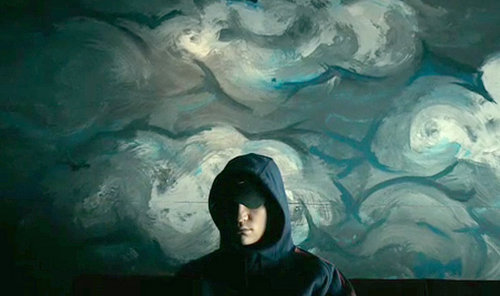
The question this film asks is probably the most direct out of all the films mentioned in this article. What happened to 13 year old Nicholas Barclay? Was he murdered?
Those two questions make the crux of the finale, but the first two acts are focused on how Frédéric Bourdin, a French con man who appropriates or creates identities from of teens all over the world, assumes the identity of Nicholas Barclay.
At the time Bourdin was in France and Barclay went missing around the same time. Bourdin got shelter at a police station and needed to come up with a new identity to avoid getting into trouble. He saw Barclay’s name, made a phone call and became the missing boy. Barclay’s family was so desperate to get Nicholas back that regardless of physical differences in appearance, they brought Bourdin back to Texas. It was not until an FBI agent and a private investigator figured out who the new Nicholas truly was.
Of course this means the disappearance of Nicholas Barclay has yet to be solved but questions of abuse and familial murder come up. The conclusion shows a private investigator digging a hole in someone’s backyard hoping to find the remains of Nicholas. The camera trucks up, revealing the hole to be empty.